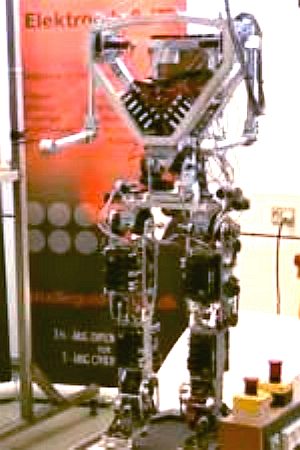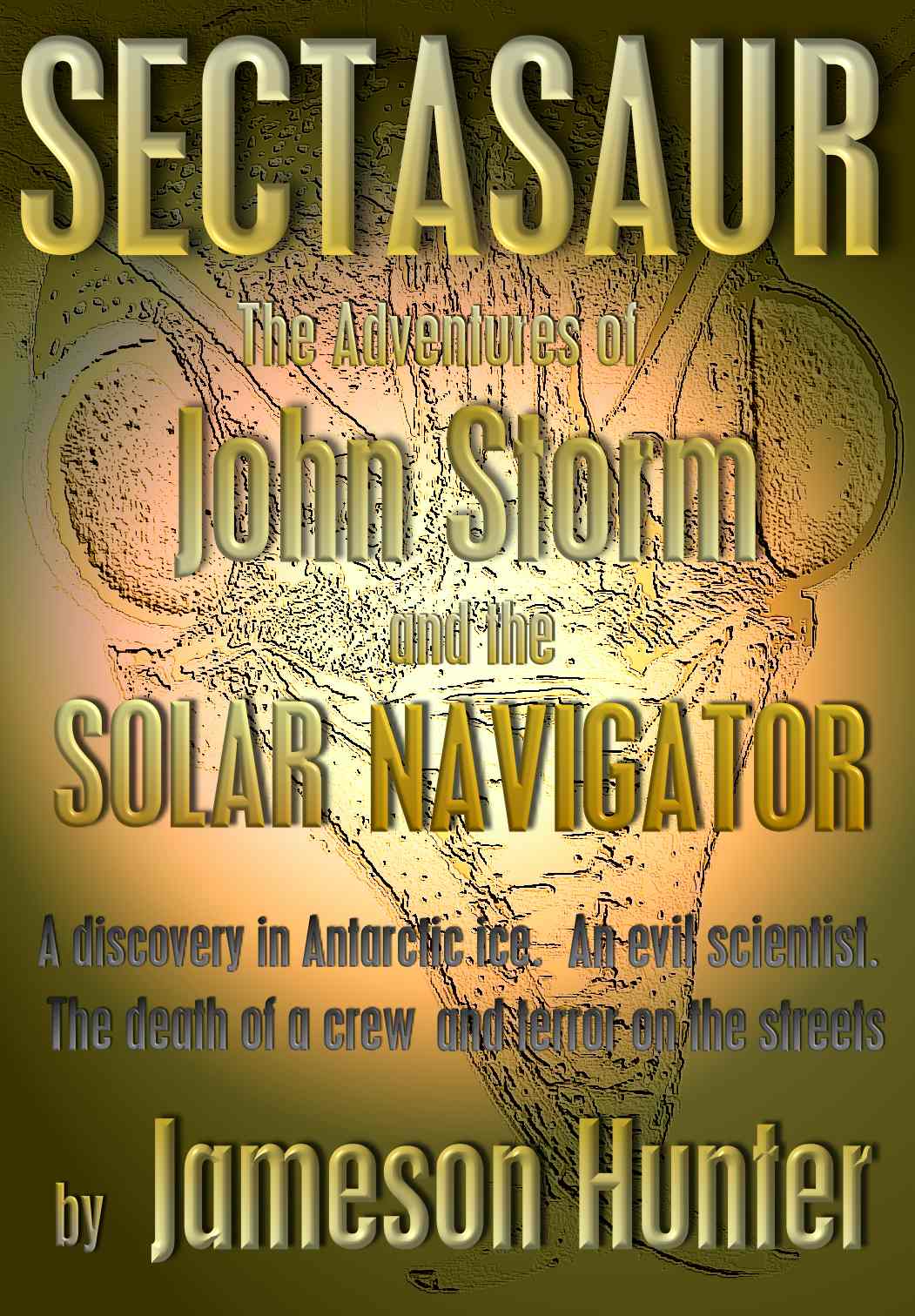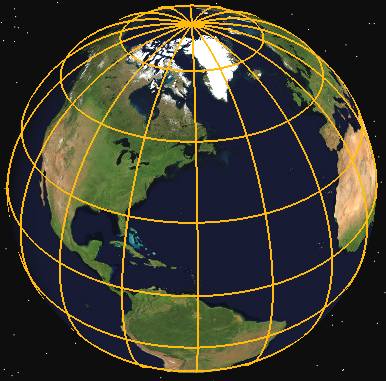|

29
MAY 2013
When the AAUBOT1 robot took its first steps
in Denmark on the 27th of May, it caused quite a stir.
A walking robot is not in itself revolutionary. What makes the AAUBOT1 special is that it has a dynamic, manlike walk. Since 2006, researchers and six groups of students from Aalborg
University have been teaching it to walk and keep its balance, and on Monday they could show the world that it could.
The human walk is far more efficient than any other mammal, and biological
humans are many times more efficient than any robots that have been built so far.
AAUBOT1 IS UNIQUE
“A prevailing theory of human evolution provides an explanation of how humans have managed to survive despite being slower than most potential prey,” says Professor Jakob Stoustrup, who is the ‘father’ of the new robot.
“The theory states that humans have been able to overcome their prey by pursuing it relentlessly for days until the prey has given in to exhaustion.”
There are other robots out there that can walk more or less like humans do. But the AAUBOT1 (the Aalborg University Bot) has much smaller and more manlike feet than most of its competitors. This – along with a budget about 30-40 times smaller than what is normally granted to projects of this nature – hasn’t made the task any easier.
TEAMWORK PAYS OFF
The robot is based on advanced control theory, which means it has learned to stabilise itself like humans do with its balance and its senses. I can hardly imagine any system for which that wouldn’t be relevant.Jan HelboThe budgetary constraints were overcome as a result of a successful teamwork between researchers and students at the university.
”The plan was to get the robot built by groups of students with different backgrounds,” says Jan Helbo, a part-time lecturer at the Department of Electronic Systems Automation and Control, who is actually retired, but has stepped back into his research shoes to help complete the AAUBOT1 project.
“Those with a mechanical background designed and constructed the parts. Then students with backgrounds in electronics or medical sciences helped with the assembly, the fitting of sensors, cables and all the other bits and pieces required to get the knees and elbows to move,” he says.
“And then came all the programming, which was a lengthy process – that’s a huge task.”
ENDLESS APPLICATIONS
The scientists are hoping that the new robot can pave the way for more realistic energy efficiency in walking robots, which may make these robots practical. But the AAUBOT1 may also be helpful on a larger scale.
“The robot is based on advanced control theory, which means it has learned to stabilise itself like humans do with its balance and its senses. I can hardly imagine any system for which that wouldn’t be relevant,” says Helbo, mentioning examples such as drones that can navigate seamlessly around obstacles, and wind farms with turbines that can cater for different wind directions.
ENGINEERING FACTS
The effectiveness of the human walk can be largely attributed to the so-called ‘double pendulum effect’.
During forward motion, the leg that leaves the ground is the first pendulum swinging forward from the hip. This leg touches the ground with its heel and rolls to the toe in a motion known as an inverted pendulum.
The human walking process recovers around 60 percent of the energy used thanks to pendulum dynamics and ground reaction force.
Medical research will also benefit from robots like the AAUBOT1. If the robot can simulate manlike movements with sufficient accuracy, it can be used e.g. to test prostheses.
”There’s always a risk that a prosthesis may lead to undesirable movements because the patient needs to compensate elsewhere in the musculoskeletal system,” explains Helbo.
“By fitting prosthesis to the robot, we will be able to measure such overcompensations from all the other motors on the robot. This can help doctors determine which kind of movement compensations are needed when a patient gets prosthesis.”
LINK
and REFERENCE

Lurking
beneath the Antarctic ice is a discovery that scientist will die for.
BIPEDS
| CYBEE
| HEXAPODS | MANTIS
| OCTOPODS
QUADRUPEDS
| ROBOBEE
| ROBOT
ANT | SPIDERBOT
| STOMPY | TRIPODS
.......
The World in Your Hands
|

